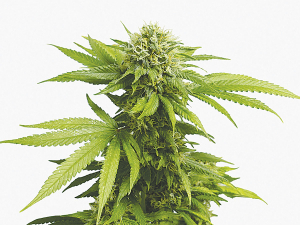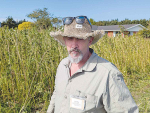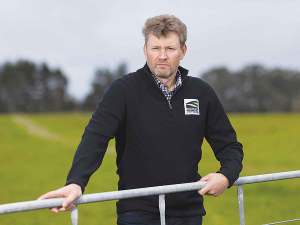Economic circumstances demand a new approach to funding the constant burden of infrastructure delivery and renewal. The costs must be eased for urban and rural ratepayers.
We need a new financial maturity using our local authorities’ ability to engage in the market by identifying sound investment in co-ownership and partnership profit-making initiatives that serve ratepayers.
The global industrial hemp market will grow from $4.6 billion in 2019 to $30 billion and more in a few years, with a projected compound growth rate of almost 20%. New Zealand is not exporting hemp products yet, but we have an environment and agricultural system suited to large-scale hemp cultivation to deliver large returns to the regions.
Far beyond cannabinoids and hemp seed, hemp is a superplant in its entirety, serving mankind for thousands of years.
Demonised in the 1930s through a deliberate and false drug connection stigma, industrial hemp was forced off the table for more than 80 years by chemical giants who feared its competition with the nylon and Teflon compounds they were producing.
By pushing the ‘evil drug’ lie, the potential in high value and biodegradable hemp was never developed. Unbridled, the chemical companies choked the globe with plastics and blew the ozone to pieces.
Read More
Incredibly, the shadow of this folly resides in our laws today. Nobody gets high on industrial hemp.
Hemp delivers fibre, textiles, food, oils, seeds, organic cellulose, ethanol, green biofuels, green bioplastics, animal feed, even high-protein vegan meat and nutritional supplements. Hemp stores far more carbon than pine. There is no forest ‘slash’ mess to clean up. Its uses range from building products to foods, medicines and cosmetics, to absorbing and removing toxins from soils (bioremediation).
Looking at one hemp product, hemp concrete, gives a glimpse of the potential of this product. Hemp concrete or ‘hempcrete’ is a bio-composite alternative to concrete for construction and insulation.
Hempcrete is ‘carbon-negative’ or ‘better-than-zero-carbon’ because the hemp plant absorbs more carbon from the air during growth than it yields during its production. It continues to absorb carbon after being used in construction, storing more carbon over the building’s lifetime than was emitted during construction.
Preliminary 3D-printing research shows hempcrete is printable with a density as low as 660 kg per cubic metre, with adequate buildability and compressive strength for printing individual walls.
Hempcrete alleviates the negative impact of the construction industry on the environment and provides low-cost buildings. Hemp reinforcing (rebar) is stronger than steel and does not corrode.
Grown from October to January, hemp is a perfect rotational crop for dairy, beef and sheep farms, with no change to existing land use. Hemp rehabilitates soils from the effects of superphosphate by absorbing heavy metals such as cadmium, with no effect on the commercial hemp crop.
Hemp is low in water use and needs similar fertiliser to maize. It smothers weeds after a few weeks’ growth and does not need pesticides.
Hemp grown for fibre alone will return at least $2000 per hectare. Higher value hemp seed, oils and animal feed can be produced from the same crop. Exporting the fibre is one option, and processing products here would show a far better return as the international demand steadily grows.
Each region in New Zealand could develop different products or combine to produce a lower number of ‘best return’ products.
Local authorities could enter partnerships with farmers and landowners, with the council’s profits used to subsidise rates. Using local government could also help target the best scale, or capacity, for the hemp industry here.
The cost to set up processing is quite high. Establishing processing would be as much as $10 million depending on the product. Some of the $1.2 billion available for the Regional Infrastructure Fund could be used to replicate the best examples across the world where industrial hemp is already established.
Look at one district. South Wairarapa has 70,000 hectares in dairying, beef and sheep. In a crop rotation with existing farm practices many thousands of hectares could be in high-profit hemp production, contributing to the regional economy, infrastructure and well-being, and easing the $30 million South Wairarapa rates burden on ratepayers.
There is a fitting provenance to fibre production. In 1793, in the hands of Māori, high quality rope and twine made from harakeke (flax fibre) was New Zealand’s first export, and the great Prime Minister Michael Joseph Savage worked in the biggest flax mill in the country at Manawatu.
Government is rightly sceptical of unfounded data, and farmers are conservative in adopting new crops. Hemp research is credible, concise, and backed by scientific evidence.
In her definitive study ‘New Zealand’s Industrial Hemp Industry’ Otago University’s Polly Brownlee spoke of the creative innovation and collaboration needed to realise hemp’s enormous potential.
The first spade in the ground needs to be visionary leadership.
- Geoff Vause is a Featherston-based journalist.



















